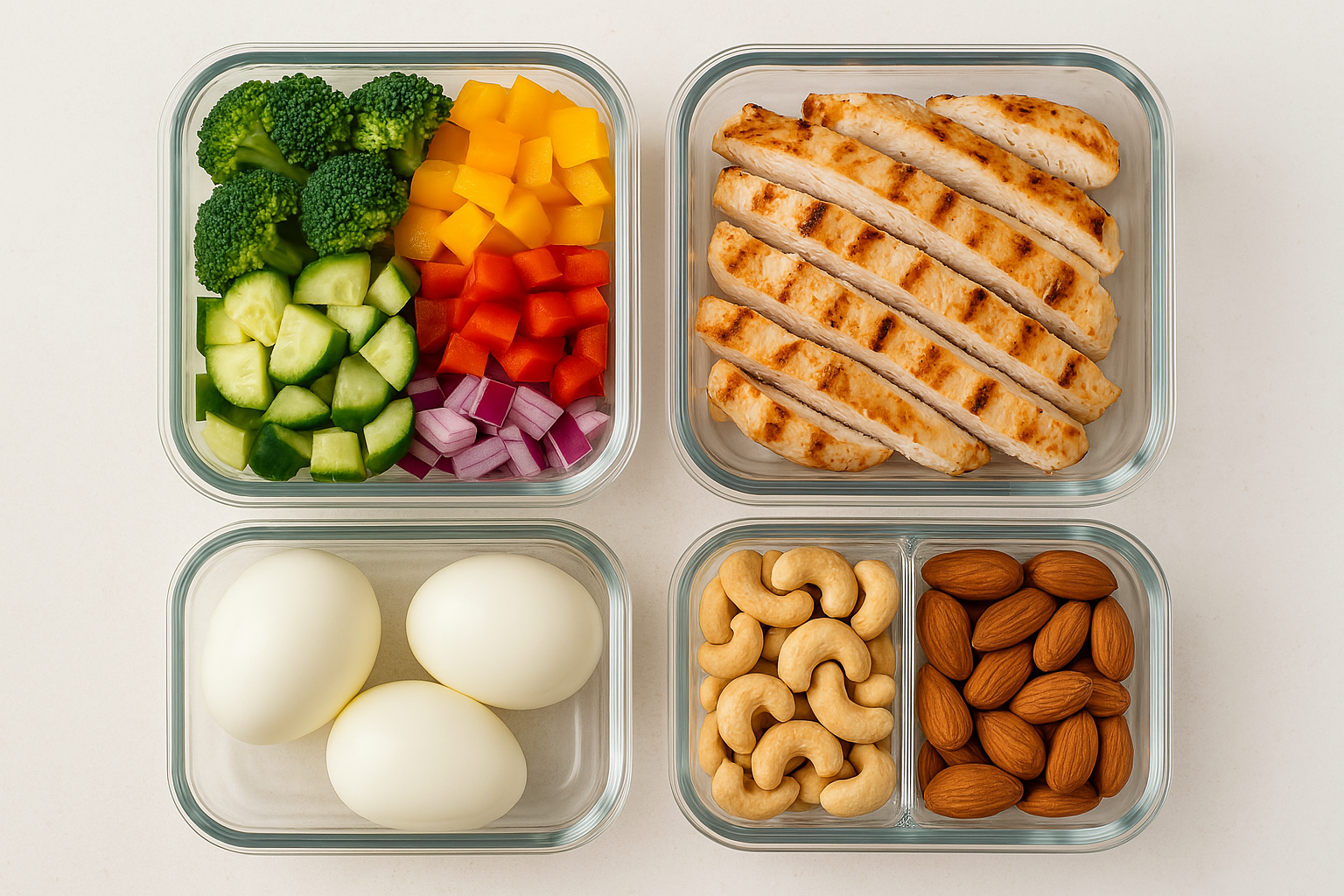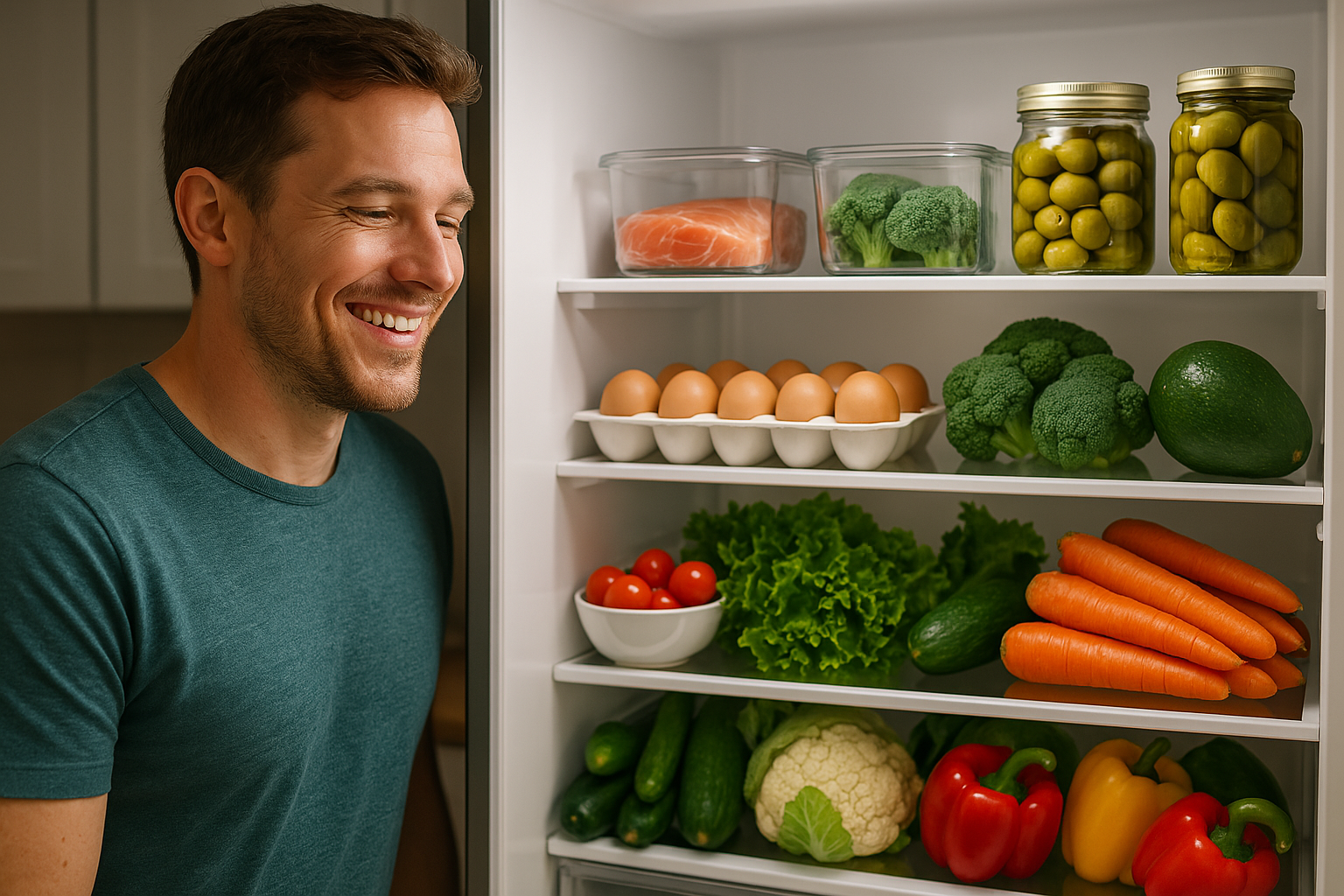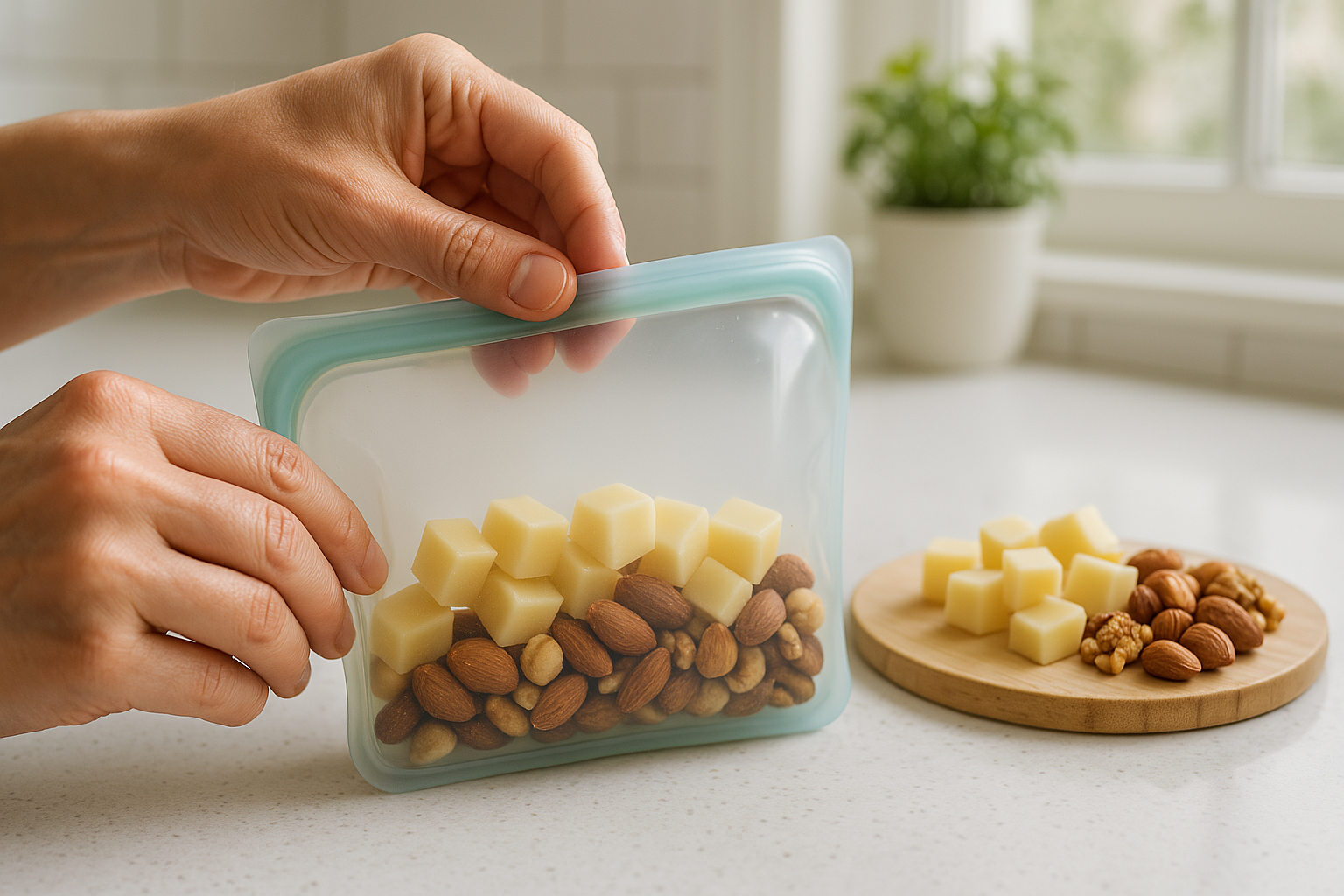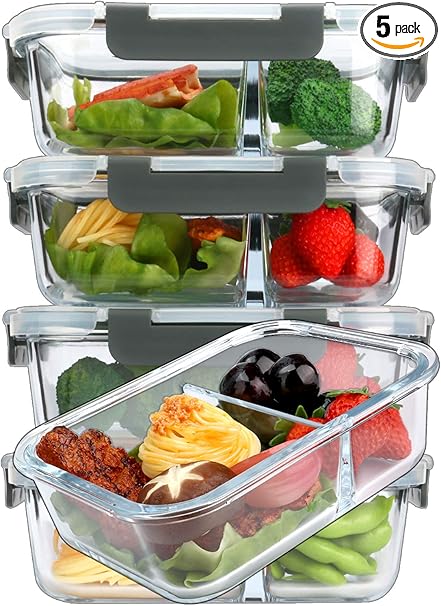One of the biggest keys to long-term success on the ketogenic diet, especially when starting out? Keto meal planning. Winging it might work for a day or two, but without a plan, it's easy to fall back on old habits, grab non-keto convenience foods, or simply feel overwhelmed by daily food decisions.
Effective keto meal planning isn't about rigid, boring schedules. It's about creating a framework that saves you time, money, and mental energy, ensuring you always have delicious, keto-compliant meals ready to go. This guide will walk you through the essential steps.
Why Meal Plan on Keto?
- Stay in Ketosis: Planning helps you control carb intake and avoid hidden carbs that can kick you out of ketosis. (See Common Keto Mistakes for more on hidden carbs).
- Save Time: Cook once, eat multiple times. Less daily cooking and decision-making.
- Save Money: Planned shopping means buying only what you need and reducing impulse buys and food waste. (Check out our Budget Keto Meal Plan!)
- Reduce Stress: No more "What's for dinner?" panic after a long day.
- Ensure Nutrient Variety: Planning encourages incorporating a wider range of keto-friendly foods.
- Hit Your Macros: Easier to balance fat, protein, and carbs when you plan ahead. (Need help? Use our Keto Macro Calculator).
Step 1: Choose Your Planning Style
There's no single "right" way. Find what fits your lifestyle:
- Weekly Plan: Plan all meals (breakfast, lunch, dinner, snacks) for the entire week. Most comprehensive.
- Dinner Focus: Plan only dinners for the week, keeping breakfasts and lunches simple and repetitive (e.g., eggs for breakfast, leftovers/salads for lunch).
- Batch Cooking: Cook large batches of core components (grilled chicken, ground beef, roasted veggies) on the weekend to mix and match during the week.
- Theme Nights: Assign themes to certain days (e.g., Taco Tuesday, Salmon Saturday) to simplify choices, drawing inspiration from easy keto recipes.
Step 2: Gather Your Resources
- Favorite Keto Recipes: Bookmark websites, save recipes from apps, or use keto cookbooks. (Find some Easy Keto Recipes Here!)
- Macro Calculator: Know your approximate daily targets.
- Planner/App/Notebook: Choose your preferred tool for writing down your plan.
- Shopping List Template: Digital or paper. (See our Keto Shopping List Guide).
 Planning your meals is the foundation for keto success.
Planning your meals is the foundation for keto success.
Step 3: Schedule & Select Meals
- Look at Your Calendar: Note busy nights, social events, or days you'll be eating out. Plan simpler meals for busy days.
- "Shop" Your Kitchen: Check your fridge, freezer, and pantry first. Plan meals around ingredients you already have to minimize waste.
- Choose Recipes: Select recipes for the week based on your planning style. Aim for variety but don't be afraid to repeat favorites.
- Consider Leftovers: Plan to cook extra dinner portions to use for lunch the next day.
- Write It Down: Fill in your planner/app with the chosen meals for each day.
Step 4: Create Your Shopping List
Go through your planned meals and list all the ingredients you need.
- Organize by Store Section: Group items by produce, meat, dairy, pantry, etc., to make shopping faster.
- Check Quantities: Estimate how much you need based on recipes and household size.
- Don't Forget Staples: Add essentials like salt, pepper, oils, butter, eggs if you're running low.
 A planned shopping trip leads to a well-stocked keto kitchen.
A planned shopping trip leads to a well-stocked keto kitchen.
Step 5: Prep Ahead (The Game Changer!)
Dedicate 1-2 hours on the weekend or a less busy day to prep components:
-
Wash & Chop Veggies: Store in airtight containers. Using quality glass containers helps keep veggies fresh.
-
Cook Proteins: Grill chicken breasts, brown ground beef, cook bacon. Store cooked proteins in meal prep containers.
-
Hard-Boil Eggs: Perfect for snacks or salads.
-
Make Dressings/Sauces: Homemade is often cheaper and cleaner.
-
Portion Snacks: Divide nuts, seeds, or cheese into grab-and-go bags/containers.
 Pre-portioning snacks saves time and helps with portion control.
Pre-portioning snacks saves time and helps with portion control. -
Assemble Components: Layer salad jars (dressing on bottom), portion out smoothie ingredients into freezer bags, or assemble full meals in sectioned containers.
Meal Prep Container Recommendation
Investing in good containers makes meal prep much easier. We like these M MCIRCO Glass Containers because they are durable (borosilicate glass), leak-proof, and safe for the oven, microwave (base only), freezer, and dishwasher. Glass won't stain or hold odors like plastic.
Check Price (Single Compartment)For separating meal components (like protein and veggies), the 2-Compartment or 3-Compartment (KOMUEE brand) versions are fantastic for portion control and keeping foods distinct.
Check Price (2 Compartment)
 Meal prepping saves significant time and effort during busy weeks.
Meal prepping saves significant time and effort during busy weeks.
Tips for Sticking With It
- Start Simple: Don't try overly complex recipes in your first week, especially if you're following the Keto Beginner's Guide.
- Keep Staples On Hand: Always have eggs, cheese, some low-carb veggies, and healthy fats available for quick meals.
- Be Flexible: It's okay if plans change. Having prepped components allows you to adapt easily.
- Find Your Favorites: Identify go-to meals you enjoy and can make quickly.
- Review & Adjust: After a week or two, see what worked and what didn't. Adjust your planning style or recipe choices accordingly.
Keto meal planning might seem like extra work initially, but the time, money, and stress it saves in the long run make it an invaluable tool for sustainable keto success.


